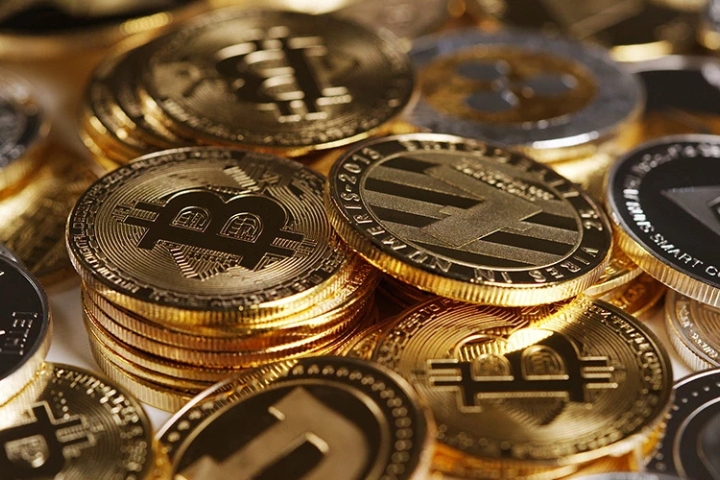The World Bank has strongly opposed the inclusion of cryptocurrency in reserve portfolios. This stance coincides with governments’ and investors’ increased interest in digital currency. The World Bank is worried about the dangers and volatility that come with cryptocurrencies, which could endanger financial stability and threaten established economic systems.
Assessing the Impact of Crypto-Assets on Financial Stability
Institutional investors and central banks are now examining possible exposures to crypto-assets and deciding if it is appropriate to incorporate them in their portfolios due to the growing market capitalization, footprint, and structure of these assets. According to a World Bank white paper, crypto-assets do not now qualify in their current shape, however they may eventually play a part in central banks’ reserve portfolios. Standard-setting organizations and legislators have offered some advice.
It is yet unclear how crypto-assets will be regulated, though. Because of their extreme volatility, they are not a trustworthy store of value. Certain basic changes must be made to crypto assets in order for them to be considered reserve portfolio instruments.
World Bank’s Take on Crypto Assets
- With an annualized volatility of 70%, the prices of cryptocurrency assets are extremely volatile, making them an unsuitable means for central banks to self-insure against shocks. This is far higher than the volatility of gold and stocks.
- Crypto private keys are crucial to digital assets like bearer instruments, and their loss or theft could lead to irretrievable loss. Industry-grade solutions for preserving and executing private keys that are resistant to fraud or cyberattacks are crucial for storage, access, and authentication.
- Initiatives involving crypto-assets that are not sufficiently decentralized could be dangerous. As a result, a central party or governing body has significant authority over them. Big investors are reluctant to manage significant exposures to cryptocurrency assets. This is because, in contrast to more conventional currencies and asset classes, they have lower market capitalization and liquidity.
- Central banks typically provide government bonds and other very safe products. Crypto-assets typically don’t accomplish anything beneficial by itself, such as paying dividends or interest. This experimental setting still has a lot of unknowns and risks. This is true even though “staking” has the potential to generate income and DeFi apps have the potential to help generate profits on cryptocurrency investments.
- Cryptocurrency assets need to be used as a tool for international trade and investment. This is to protect reserve managers from financial and trade disruptions. Adoption of crypto assets is rather modest in such flows.
Regarding the majority of these issues, policymakers have made some progress. Nonetheless, there are still a lot of significant issues surrounding the regulation of crypto-assets both domestically and internationally. This covers the power, goals, and resources of pertinent organizations.




GIPHY App Key not set. Please check settings